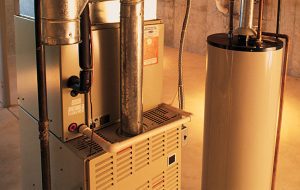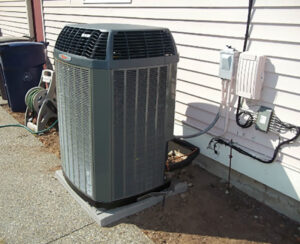It’s getting to be that time of year—people all over are taking the necessary steps to prepare themselves for the cold days ahead. From heat system and HVAC maintenance to home weatherization, homeowners are getting their houses ready for winter. One topic that goes hand in hand with home energy savings and indoor comfort is insulation.
There are many steps that can be taken to ensure your home, especially if older, is protecting itself against the outside elements in the winter. In this blog series, we’ll lay out a few tips and considerations if you’re exploring the wonderful world of insulation.
- Know your own house. Whether you’ve just moved in or have been living in your home for years, it’s important to know how much insulation is in your home. It’s also imperative to know where it is (or is not) located. Pinpointing problem areas where there is not enough insulation the easiest way to fix the issue and not throw away your hard earned money. Bringing in a knowledgeable expert, like the staff at BelRed, is a great starting point to lead you down the path of proper home insulation.
- Determine whether or not you have to remove old insulation before installing new insulation. Believe it or not, much of the older insulation you find in the walls of very old homes can be left in place when adding new insulation. You may find some interesting materials in the walls of very old homes (homes built in the early 1900s or before)—from newspaper to wood shavings—but these materials typically don’t have to be removed. Around the mid 20th century, some dangerous materials were introduced in insulation products, such as asbestos. These toxic materials can be huge health hazards and should be properly disposed of during your insulation renovation.
- Choose the type of insulation that is best for you and your home. There are a few different types of common insulation that you can select based on the age, style and performance of your home. Loose fill insulation (recycled materials), fiberglass rolled insulation, rigid foam board and expanding spray insulation are the most common types. Eco-friendly insulations are also making a strong push in the insulation market as well. Determining where you need to insulate and how much insulation you’ll need is the best way to map out the type of insulation you should purchase, as all types have varying degrees of performance and price.
As mentioned, it’s a great idea to contact a qualified professional to consult on your insulation improvement project. We’d be glad to help. In the meantime, stay tuned for a few more tips on getting started with insulation projects for your home this fall.







